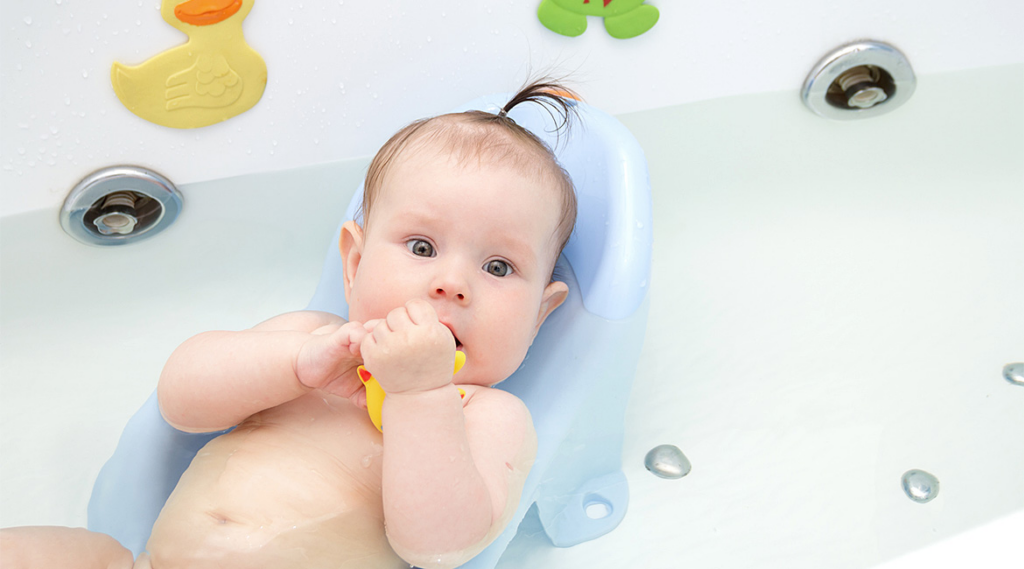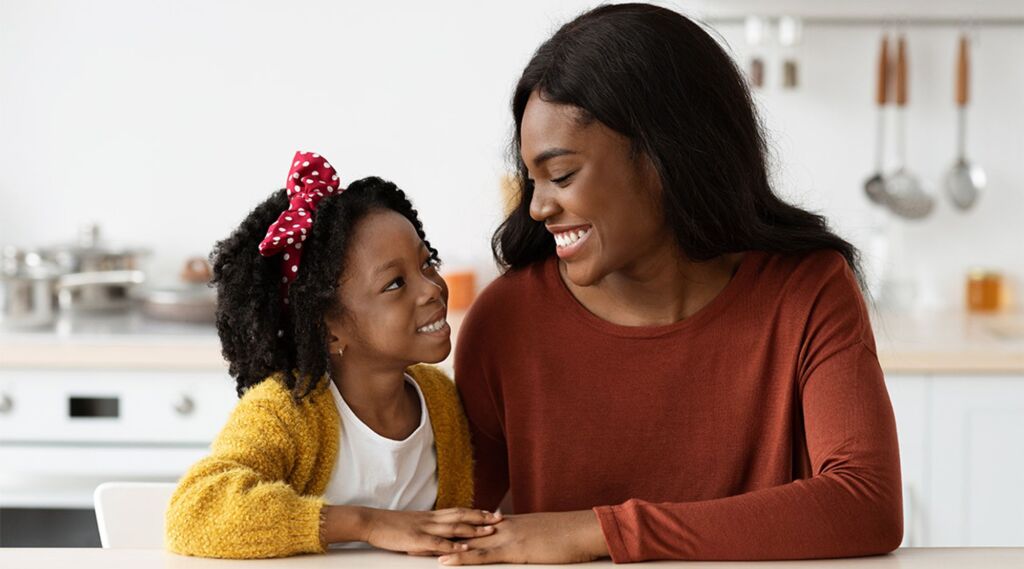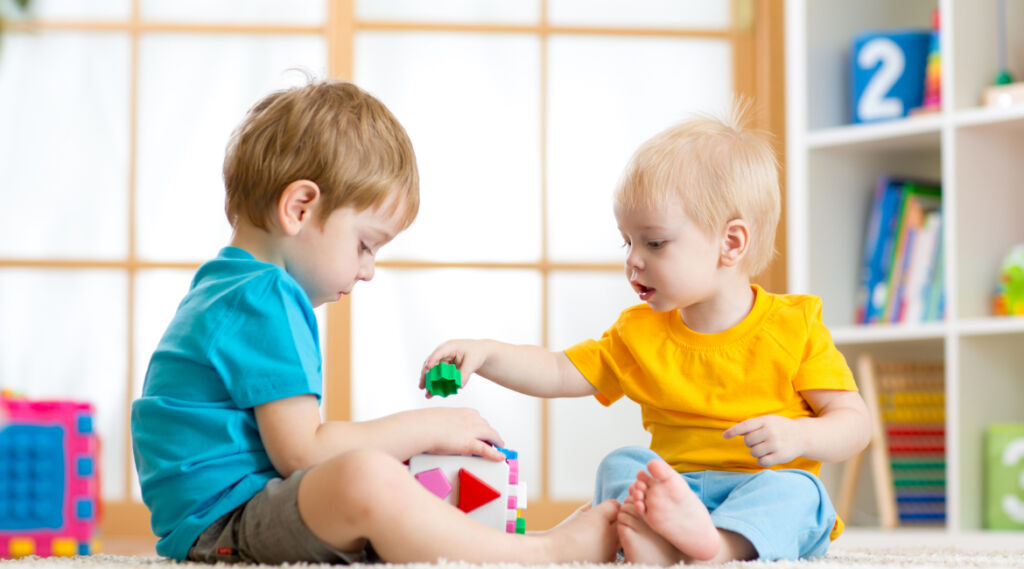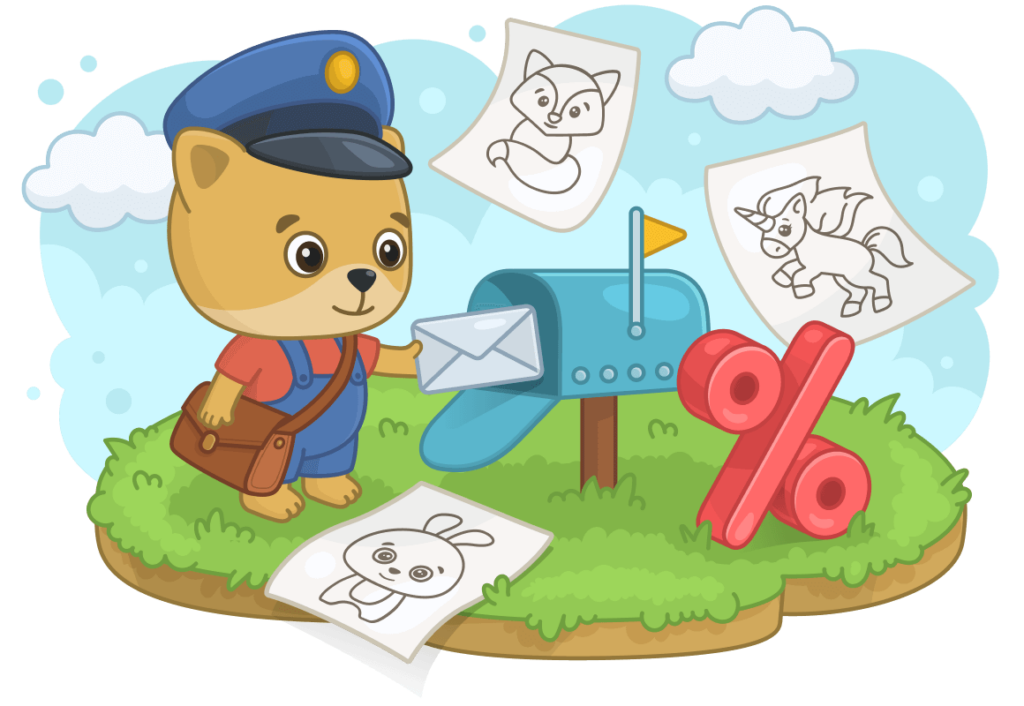When your little one arrives, it’s a beautiful and life-changing experience. But as your little one grows and starts to move around, you’ll find it’s a necessity to make sure your home is as safe as possible. No room is off-limits and you’ll be so glad you took the steps to ensure that your baby can roam freely throughout your pad. Let’s go room to room and make sure your home is a safe haven for your tiniest inhabitant.
Baby’s Nursery
Your little one’s bedroom is an important room to safe-guard. Make sure to keep cribs away from the windows in the room to prevent a fall or broken glass. Also, keep the cribs as far away from outlets as possible. Every outlet in your child’s room should have a child-resistant plug cover so little ones won’t stick objects in the outlets. For your changing table, make sure there is a protective strap that helps hold your baby on the changer. (Always make sure you keep a hand on your little one when changing them!) Use a cord keeper to make sure blind cords are wrapped up high and out of the baby’s reach. Find a nightlight that is made for children’s bedrooms because they won’t get as hot as other types of nightlights. Then, keep those nightlights away from curtains or bedding that could easily catch fire. Finally, avoid using toy chests or boxes that could close and hurt babies’ hands or heads. Also, avoid any trunks in your house while you have small children, when closed they don’t allow any air to pass through and can be extremely dangerous.
Hallway and Stairs
Make sure you get pinch guards in each doorway so that little ones won’t squish fingers in the door. At the top and bottom or the stairs, make sure you put a baby gate that is hard to climb over and hard to open. You’ll also want to keep your stairs free of clutter so that you don’t fall while carrying your baby up or down from the upstairs. Use baby gates to separate rooms or areas where you don’t want baby to go.

Kitchen
The most important thing to look for in the kitchen is the cleaning cabinet. Make sure your cleaning products are up high enough to be out of baby’s reach. If you have a curious little kiddo, you might want to invest in locks for the dishwasher, refrigerator and oven as well. Remove all tiny magnets or eatable items out of baby’s reach so that your kiddo doesn’t accidentally choke. While cooking, make sure to keep baby out of harm’s way while boiling water or heating items. And always turn the handles in toward the stove so you don’t bump or hit the handles while cooking. If you have knobs on your oven, invest in a cover or lock so the baby can’t turn on the gas or electrical knobs. In addition, keep cords for electrical items like toasters away from baby’s reach so they don’t pull down items onto their heads. Watch your dog and cat food areas a favorite feeding place for tiny kiddos. Keep alcoholic beverages or other adult items on a shelf in the refrigerator far out of baby’s reach and make sure your medicine cabinet has a lock.
Living Area
Your baby will spend most of their time learning, crawling and playing in this common use space. So, you’ll want to ensure the area is as safe as possible. To really see what dangers are looming, you’ll want to get down on all fours and look around from a baby’s perspective. What items are you missing and not seeing from an adult perspective? Pick up all little toys or objects every day that your baby may accidentally consume. This includes removing the doorstop covers which can come off and become a choking hazard. Make sure all blinds and cords are secured. Remove any poisonous house plants that can be dangerous for a child to consume. Place edge guards on all sharp tables and cover your fireplace with a cushion. Invest in anchors for shelves, bookcases and your television so that no items are pulled over on a child. Also remove any heavy, breakable or dangerous items out of the baby’s reach.
Bathroom
The bath area is another hot spot for hazards so you have to be proactive about making it safe for your little ones. First, invest in a water spout thermometer that will ensure that your baby’s bathwater is at a safe and comfortable level. You can also set your water heater to a safe level (Preferably under 120 degrees Farenheit) to make sure you eliminate your risk for burns. Use a mat or sticky rubber clings to the bottom of your bathtub to help eliminate falls when entering and exiting the tub. Keep all makeup, nail polish remover, soaps and cleaning materials up and out of baby’s reach. After using curling irons or electronic devices, store them out of baby’s reach and make sure to replace the outlet covers. Be vigilant about making sure all water is out of the floor to prevent you or your baby from slipping and falling. If your little one is curious about the toilet, you can get a latch that prevents the baby from flushing down any unwanted items.
Taking the steps to make sure your baby is safe and protected is a wonderful and caring thing to do. If you’re expecting a baby that hasn’t yet arrived, now is a good time to start prepping your house for your new arrival so you won’t have to worry about it once you’re in the swing of things.



